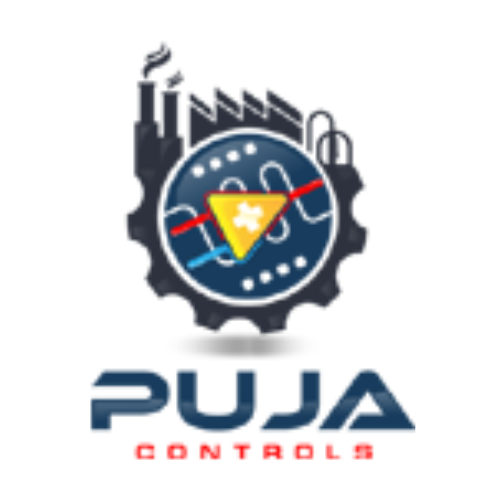In today’s rapidly evolving industrial landscape, maximizing efficiency and precision in process control is paramount for businesses seeking to maintain a competitive edge. One of the most instrumental technologies in achieving this goal is Industrial Programmable Logic Controller (PLC) programming. PLC programming not only streamlines operations but also enhances overall control and automation processes, leading to increased productivity and cost savings. Let’s delve into how Industrial PLC programming plays a pivotal role in revolutionizing process control across various industries.
Understanding Industrial PLC Programming
Before delving into its benefits, let’s grasp the essence of Industrial PLC programming. PLCs are ruggedized computers specifically designed for industrial applications. They are equipped with input and output (I/O) interfaces to monitor and control various processes such as manufacturing, assembly lines, and machinery operation. What distinguishes Industrial PLCs from their commercial counterparts is their robustness, reliability, and ability to withstand harsh industrial environments.
Industrial PLC programming involves writing code that dictates the PLC’s behavior, defining how it interprets inputs, executes logical operations, and controls outputs. This programming language, typically ladder logic or function block diagrams. It then allows engineers to create complex control algorithms tailored to specific industrial processes.
Benefits of Industrial PLC Programming in Process Control:
Enhanced Precision and Accuracy: Industrial PLC programming enables precise control over manufacturing processes, ensuring consistency and accuracy in operations. By programming PLCs to execute tasks with minimal deviation, businesses can maintain product quality standards and minimize waste.
Flexibility and Adaptability: PLC programming offers unparalleled flexibility, allowing quick adjustments to accommodate changes in production requirements or process parameters. Whether it’s altering setpoints, introducing new product variants, or optimizing workflows, PLCs can be reprogrammed swiftly to adapt to evolving needs.
Real-time Monitoring and Diagnostics: PLCs provide real-time monitoring capabilities, allowing operators to track process variables, detect anomalies, and diagnose faults promptly. By integrating PLCs with sensors and monitoring devices, businesses gain valuable insights into process performance, enabling proactive maintenance and troubleshooting.
Seamless Integration with PLC Products and Automation Devices: Industrial PLC programming facilitates seamless integration with a myriad of PLC products . From PLC panels to actuators, sensors, and drives, PLCs can communicate with various components. It can orchestrate synchronized operations, optimizing overall system efficiency.
Scalability and Expandability: As businesses grow and evolve, so do their automation needs. Industrial PLC programming offers scalability and expandability, allowing for the integration of additional PLCs or expansion modules to accommodate growing production demands. This scalability ensures that process control systems can keep pace with organizational growth without requiring significant overhauls.
Enhanced Safety Features: Safety is paramount in industrial environments. PLC programming plays a crucial role in implementing robust safety protocols. By programming PLCs to monitor critical safety parameters and execute emergency shutdown procedures when necessary, businesses can mitigate risks and ensure a safe working environment for personnel.
Energy Efficiency and Cost Savings: Efficient process control translates to reduced energy consumption and operational costs. It optimizes resource utilization, minimizes idle time, and implements energy-saving strategies, leading to substantial cost savings over time.
Choosing the Right Industrial PLC Solution
Selecting the right Industrial PLC solution is essential to maximizing the benefits of PLC programming in process control. Several factors should be considered, including:
Reliability and Durability: Opt for PLC products from reputable manufacturers known for their reliability and durability, especially in harsh industrial environments.
Scalability and Compatibility: Ensure that the chosen PLC solution is scalable and compatible with existing automation devices and systems, allowing for seamless integration and future expansion.
Ease of Programming and Maintenance: Look for PLC control software that offers intuitive programming interfaces and robust diagnostic tools. It can simplify both programming and maintenance tasks.
Support and Training: Choose a PLC solution backed by comprehensive technical support and training resources. It can assist in implementation, troubleshooting, and skill development for personnel.
Cost-effectiveness: While upfront costs are a consideration, prioritize long-term value and total cost of ownership when selecting an Industrial PLC solution.
In conclusion, Industrial PLC programming is indispensable for enhancing process control in diverse industrial applications. By leveraging PLC technology, businesses can achieve unparalleled precision, flexibility, and efficiency in their operations, driving productivity gains. The future of industrial process control looks promising, empowering businesses to thrive in an increasingly competitive marketplace.

